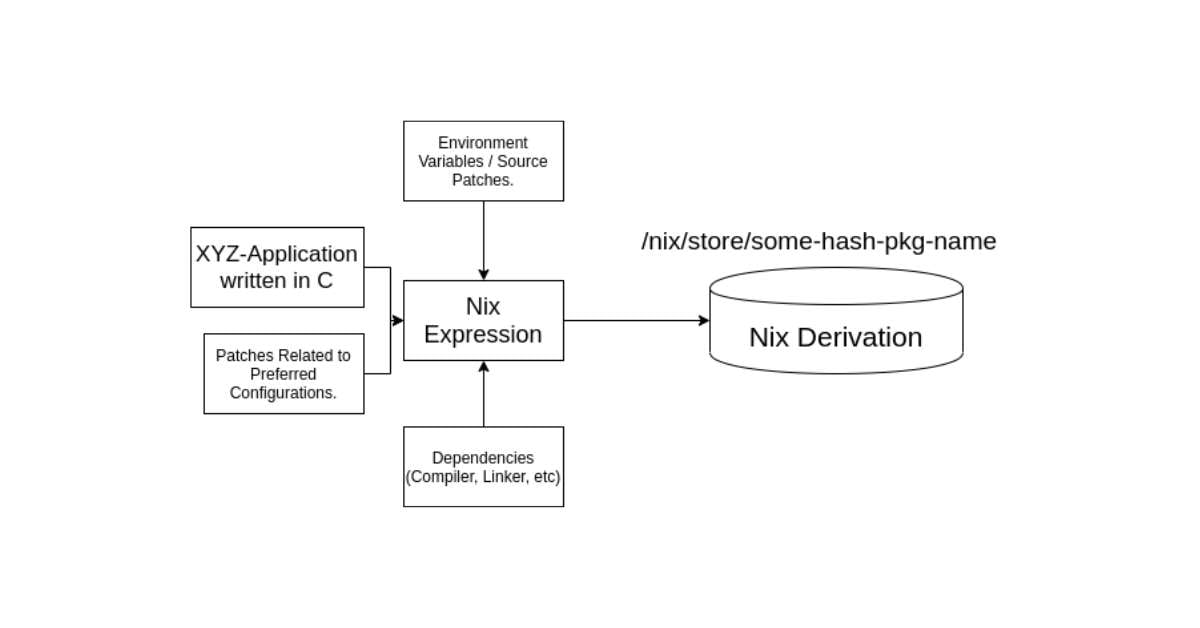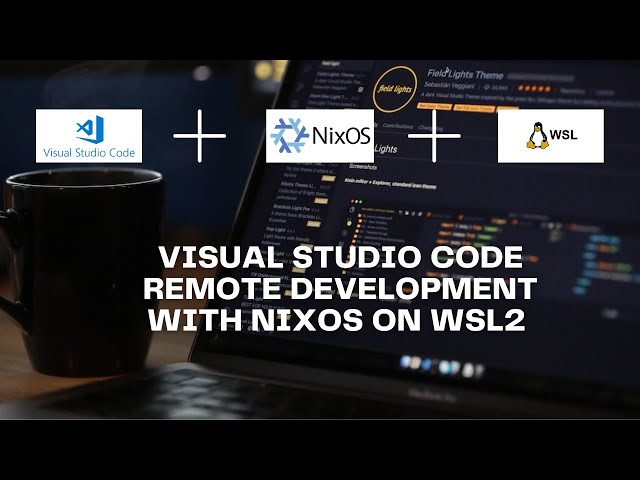Exploring the Intricacies of Our Digital Landscape: Insights and Implications
In today’s fast-paced digital world, the complexities surrounding our technology are more pronounced than ever. As we navigate through various operating systems and development platforms, understanding the implications of our choices has become paramount. This article delves into pivotal topics related to modern software management, shedding light on both the challenges and opportunities that lie ahead.
Key Takeaways
-
The Importance of Adaptability: It is crucial to keep pace with evolving technology and tools. As someone who has rebuilt my development environment multiple times, staying adaptable has often proven beneficial. The importance of flexibility cannot be overstated—those willing to embrace change tend to find the most innovative solutions.
-
Community Contributions: Platforms like NixOS thrive on community input and collaboration. My personal experience with contributing to open source projects has highlighted how vibrant and supportive these communities can be. Engaging with fellow developers not only enhances our skills but also strengthens the entire ecosystem.
-
Sustainability in Development: With new tools emerging, sustainability in our development practices must be considered from the outset. I have often reflected on the environmental impacts of our digital activities, and aligning with sustainable practices has become a personal mission for me. By leveraging systems that optimize resource usage, we can create software that not only performs well but also conserves energy.
 Engaging with the community fosters innovation and collaboration.
Engaging with the community fosters innovation and collaboration.
Navigating Challenges in Software Management
The landscape of software management involves numerous challenges that demand our attention. Issues like dependency management and system configuration can lead to significant hurdles in the development process. For instance, I once faced considerable delays while managing dependencies for a project—an experience that reaffirmed the need for efficient tooling and practices.
Ensuring consistency across different environments has also been a persistent challenge. Fortunately, tools like Nix and its declarative approach to configuration have helped alleviate some of these pain points. Witnessing firsthand the power of these tools during various projects has solidified my belief in utilizing declarative systems to create predictable environments.
Embracing Change and Looking Forward
As we stand on the precipice of further advancements in technology, it is essential to embrace change rather than resist it. Reflecting on the transition I made from traditional operating systems to using NixOS, I am reminded of how pivotal that decision was. The learning curve was steep, but the rewards—customization, reproducibility, and community support—were worth the time invested.
We must continually question how we approach our digital infrastructure. Are we leveraging the best tools and practices available to us? Are we prioritizing the contributions of our peers? The answers to these questions lay the groundwork for our future successes in development.
 The future of software development lies in our hands.
The future of software development lies in our hands.
Conclusion: A Call to Action
In conclusion, the article offers significant value to its readers, urging them to consider the implications of the findings presented. It’s a clarion call for developers to be proactive in their engagement with technology, fostering adaptability and community collaboration. As we move forward, let us strive toward sustainable practices that not only enhance our systems but also contribute positively to our world.
By fully understanding the intricacies of our digital landscape, we can better navigate the currents that shape our present and future. Join the conversation and take actionable steps toward a more sustainable and evolving technological environment.














